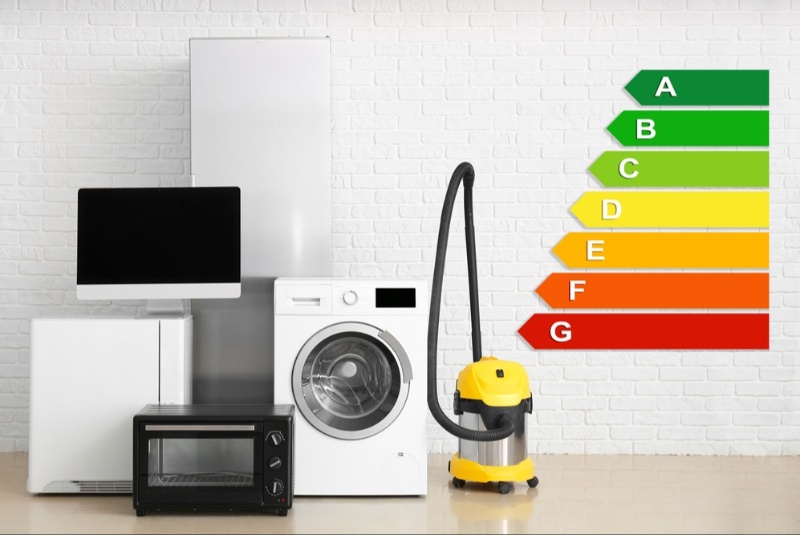Debt repayment is one of the biggest financial challenges many people face. Between credit cards, student loans, car payments, and personal loans, it’s easy to feel overwhelmed. The good news is that there are proven strategies to tackle debt — and two of the most popular are the debt snowball and the debt avalanche. Both methods work, but which one is best depends on your personality, financial situation, and long-term goals. Understanding how each works will help you choose the approach that maximizes your chances of becoming debt-free.
What Is the Debt Snowball Method?
The debt snowball method focuses on building momentum by paying off the smallest debts first. Here’s how it works:
-
List all your debts from smallest balance to largest, ignoring interest rates.
-
Make minimum payments on all debts.
-
Put any extra money toward the debt with the smallest balance.
-
Once that debt is paid off, roll the payment into the next smallest balance.
The idea is similar to rolling a snowball down a hill — as you pay off debts, you free up more money to attack the next one, creating a snowball effect.
Pros of the Debt Snowball
-
Provides quick wins, boosting motivation and confidence.
-
Simplifies the process by focusing only on balance size.
-
Ideal for people who need emotional encouragement to stay consistent.
Cons of the Debt Snowball
-
May cost more in interest over time because higher-rate debts are tackled later.
-
Not always the fastest way to become debt-free if interest rates are high.
What Is the Debt Avalanche Method?
The debt avalanche method focuses on saving money by targeting debts with the highest interest rates first. Here’s how it works:
-
List all your debts from highest interest rate to lowest.
-
Make minimum payments on all debts.
-
Put any extra money toward the debt with the highest interest rate.
-
Once that’s paid off, move to the next highest rate.
By tackling interest-heavy debts first, you minimize the amount you pay over time, which often makes this the more mathematically efficient approach.
Pros of the Debt Avalanche
-
Saves the most money in interest payments.
-
Shortens the overall payoff timeline compared to the snowball method.
-
Works well for those motivated by numbers and logic.
Cons of the Debt Avalanche
-
May take longer to see progress if your highest-interest debt has a large balance.
-
Some people lose motivation without quick wins.
Example: Snowball vs. Avalanche in Action
Imagine you have three debts:
-
$1,000 credit card at 18% interest
-
$3,000 personal loan at 10% interest
-
$5,000 student loan at 6% interest
With the snowball method, you’d pay off the $1,000 credit card first (fastest win), then move to the $3,000 loan, and finally the student loan. With the avalanche method, you’d prioritize the credit card first as well (since it also has the highest interest rate), but in a scenario where your smallest debt didn’t have the highest rate, your approach would differ.
For instance, if your debts were:
-
$500 store card at 5% interest
-
$4,000 credit card at 20% interest
-
$7,000 student loan at 6% interest
The snowball would start with the $500 card, while the avalanche would target the $4,000 card. The snowball provides a quick emotional win, while the avalanche saves far more in interest.
Which Method Is Right for You?
The best method isn’t always about math — it’s about psychology.
-
Choose the Debt Snowball if:
-
You need motivation from quick wins.
-
You’ve struggled with sticking to debt repayment in the past.
-
You feel overwhelmed and want to simplify the process.
-
-
Choose the Debt Avalanche if:
-
You’re disciplined and motivated by numbers.
-
You want to minimize the total interest you pay.
-
You don’t mind waiting longer for the first debt payoff.
-
Both strategies ultimately work because they create structure and focus. The key is consistency — whichever method keeps you paying off debt month after month is the right one for you.
Combining the Two Approaches
Some people use a hybrid strategy: start with the snowball to build momentum by knocking out one or two small debts, then switch to the avalanche to save money on interest. This gives you the psychological boost of quick wins and the long-term financial benefit of interest savings.
Tips to Maximize Either Strategy
No matter which method you choose, a few smart habits make both more effective:
-
Automate payments to avoid missed due dates and late fees.
-
Cut unnecessary expenses and redirect the savings to debt repayment.
-
Use windfalls wisely — tax refunds, bonuses, or side hustle income can speed up progress.
-
Track your progress visually with charts or apps to stay motivated.
-
Celebrate milestones — each debt paid off is a step toward financial freedom.
Common Mistakes to Avoid
-
Only paying the minimum: This stretches out repayment and keeps interest piling up.
-
Taking on new debt: Avoid opening new credit accounts while you’re paying off old ones.
-
Ignoring emergency savings: Without a small buffer, you risk relying on credit again when unexpected expenses arise.
-
Switching strategies too often: Pick one method and stick with it long enough to see results.
The debt snowball and the debt avalanche are both effective methods for tackling debt — the key is choosing the one that matches your personality and financial goals. The snowball method offers quick wins and emotional motivation, while the avalanche saves money and time by minimizing interest. Neither is “wrong” — what matters is staying committed to whichever path you choose. With focus, consistency, and smart money habits, you can make real progress toward a debt-free future this year.




